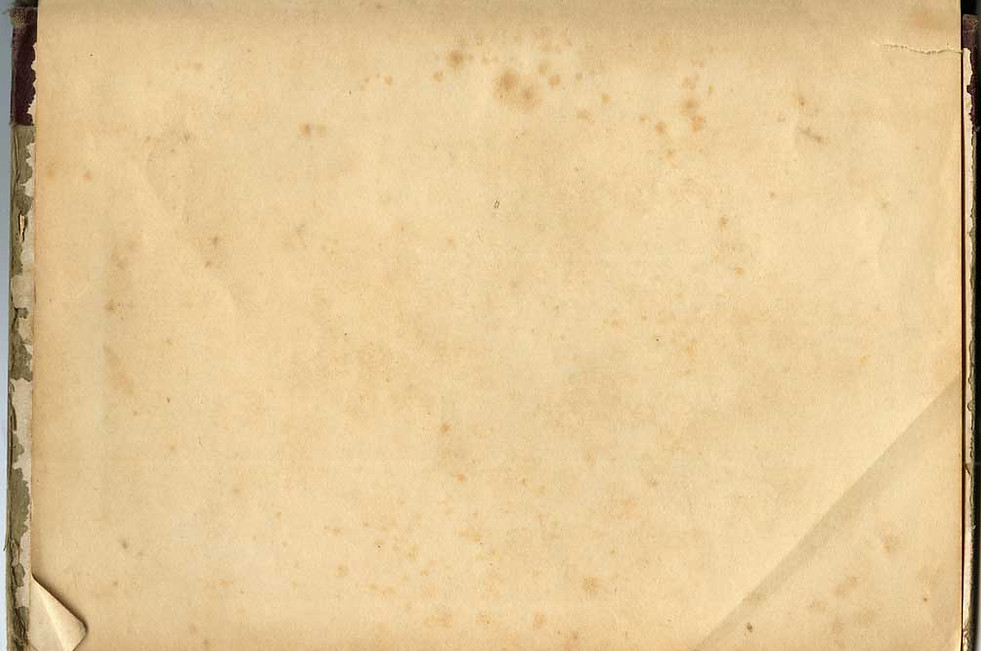
RELATED SITES


The Rosetta Point Site
The slow transition from the Late Paleo into the Early Archaic was a time when people went from wandering over wide areas to being more centrally based, close to resource-rich Rivers and Lakes.
The Archaic Period is recognized by the appearance of stone 'wood-working' tools
and an incredible variety of types of fine bi-face knives and points.
Although most of the basic stone tool kit remained the same, a few items like scrapers
start to look 'nicer', with pressure retouch now common.
Enough stratified sites have been excavated
to show a basic time line that 'Archaic' knives
and points represent. For Example:
Early Archaic 8,000 to 5,000 B.C.
Middle Archaic 5,000 to 2,500 B.C.
Late Archaic 2,500 to 500 B.C.
Less than 10 miles South of the SDM Site was
another known Platform Burial site over-
looking the rapids of the Rogue River at
Rockford, Michigan. It is now a residential development.
A few miles South of Rockford near the mouth
of the Rogue, the westward flowing Grand River turns and flows South for several miles before turning West again near Jenison, Michigan, eventually draining into Lake Michigan at Grand Haven, Michigan. All along
the high bluffs to the west of the Grand River, along this described area, are other known
Platform Burial sites.
The largest ceremonial and ritual site in the entire upper Great Lakes area, the Converse Mound Group, was located here below the bluffs near the rapids of the Grand River at Grand Rapids, Michigan.
One of the few places left relatively undisturbed along these bluffs , from Belmont, MI south to Jenison, is the Rosetta
Point site, a high promonitory overlooking the
broad Grand River Valley.
